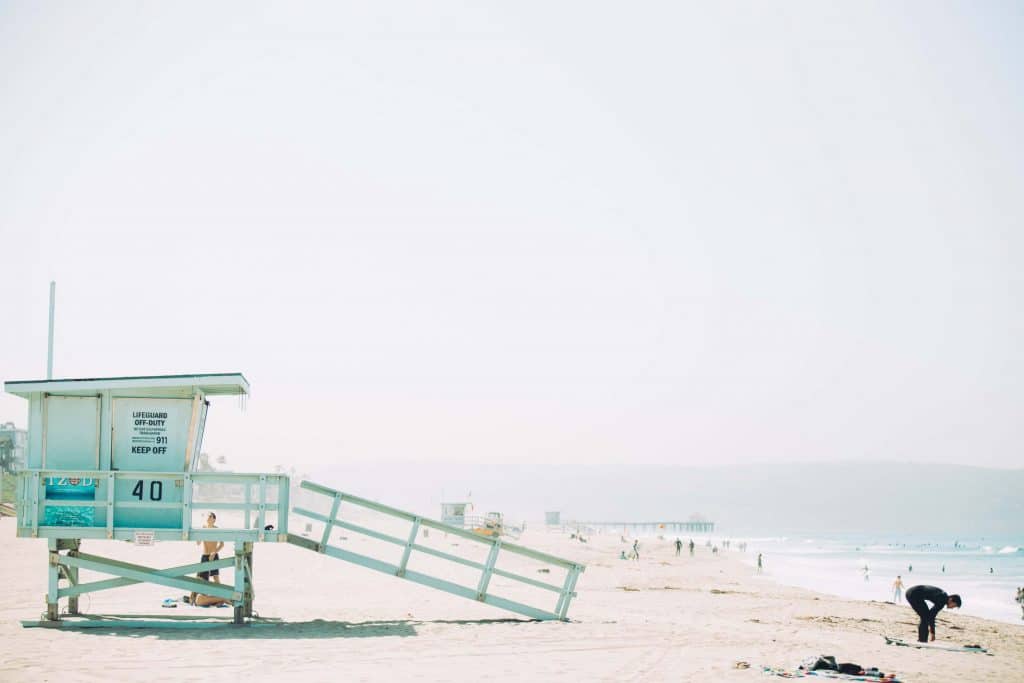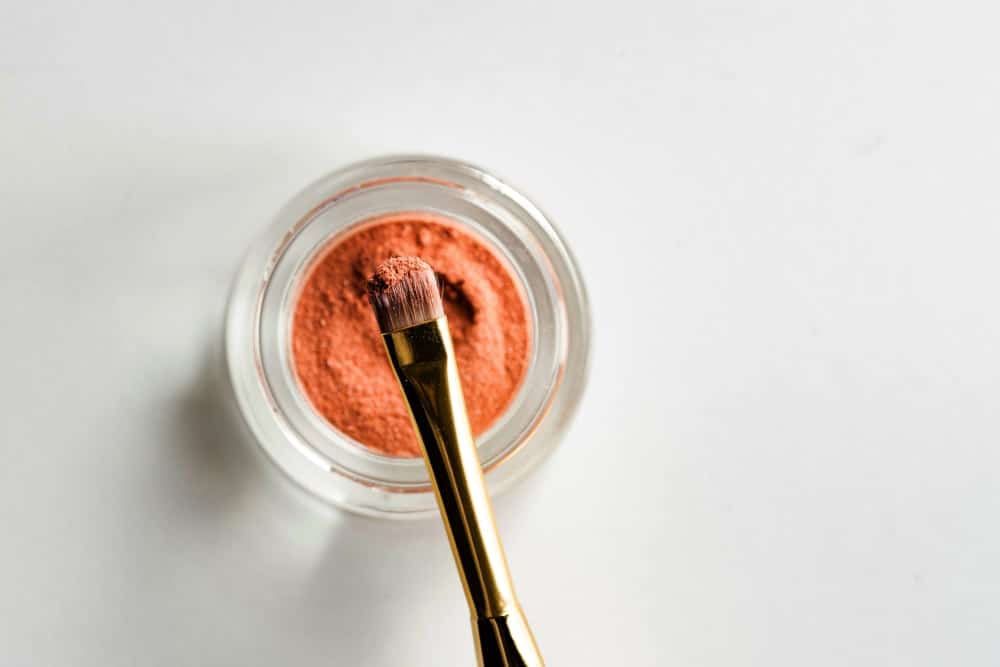The Difference between SPF 30 and SPF 50

By Karl Roos - January 1, 2024
"Properly applied SPF 50 sunscreen blocks 98 percent of UVB rays, while an SPF 30 sunscreen blocks 97 percent of sunburn rays – the difference being one percentage point."
SPF stands for Sun Protection Factor. In theory, an SPF 50 sunscreen would allow users to stay out in the sun fifty times longer than they normally could without sunscreen, while SPF 30 would imply that users can stay out thirty times longer before getting sunburned. But for high SPF sunscreens, theory and reality are two different things.
People often assume that they are given almost twice the amount of protection by applying an SPF 50 sunscreen compared to one that has SPF 30. This is not true, since the extra protection offered by a higher SPF value is negligible after SPF 15. Properly applied SPF 50 sunscreen blocks 98 percent of UVB rays, while an SPF 30 sunscreen blocks 97 percent of sunburn rays – the difference being one percentage point.
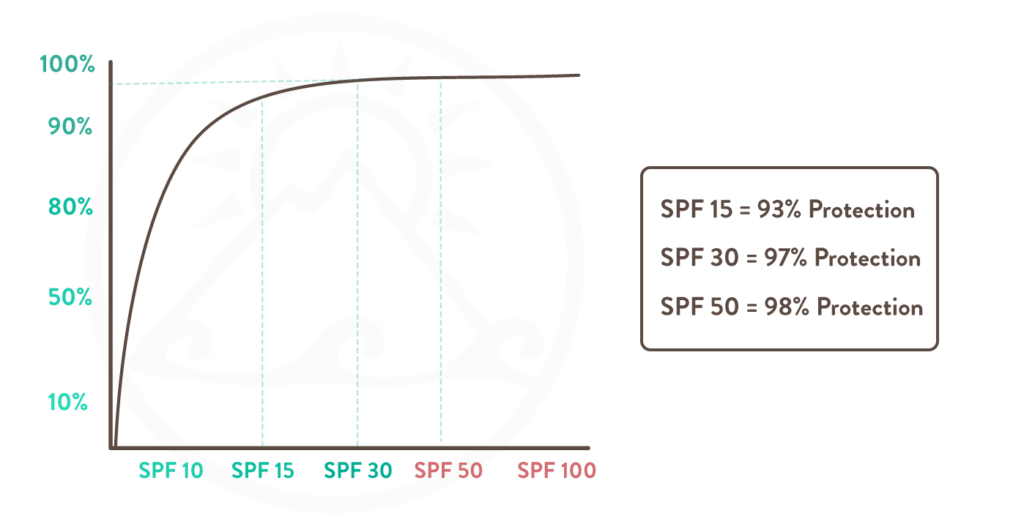
What is The Problem With High SPF Sunscreens?
Stating a high SPF number on a sunscreen can result in people having a false sense of security. So, let’s dive into some of the research that has been conducted on the topic.
An SPF test conducted by Procter and Gamble illustrates the problem of high SPF. They sent a competitor’s SPF 100 sunscreen to five different laboratories for testing, saying that the expected SPF should be between SPF 20 and SPF 100. It turned out that the SPF results varied between SPF 37 and SPF 75 (interestingly the sunscreen was not tested as SPF 100 at any of the labs).
In the next step the same five labs received another sunscreen while being told that the expected SPF was 80. Three labs returned with results that were close to SPF 80. The other two labs confirmed an SPF of 54 and 70 respectively.
The explanation was that minuscule differences in testing conditions can dramatically change the result. For instance, a 1.7% change in light transmission can result in a measured SPF of 37 instead of 100, and small variations in the amount of sunscreen applied can result in similar discrepancies between test results. Because the SPF scale is non-linear, the fluctuation in test results become higher the higher the SPF.
The Environmental Working Group (EWG) has conducted their own tests and confirmed the limited reliability of SPF tests. According to the EWG, most sunscreens that they tested themselves only offered 42 to 59% of the claimed SPF.
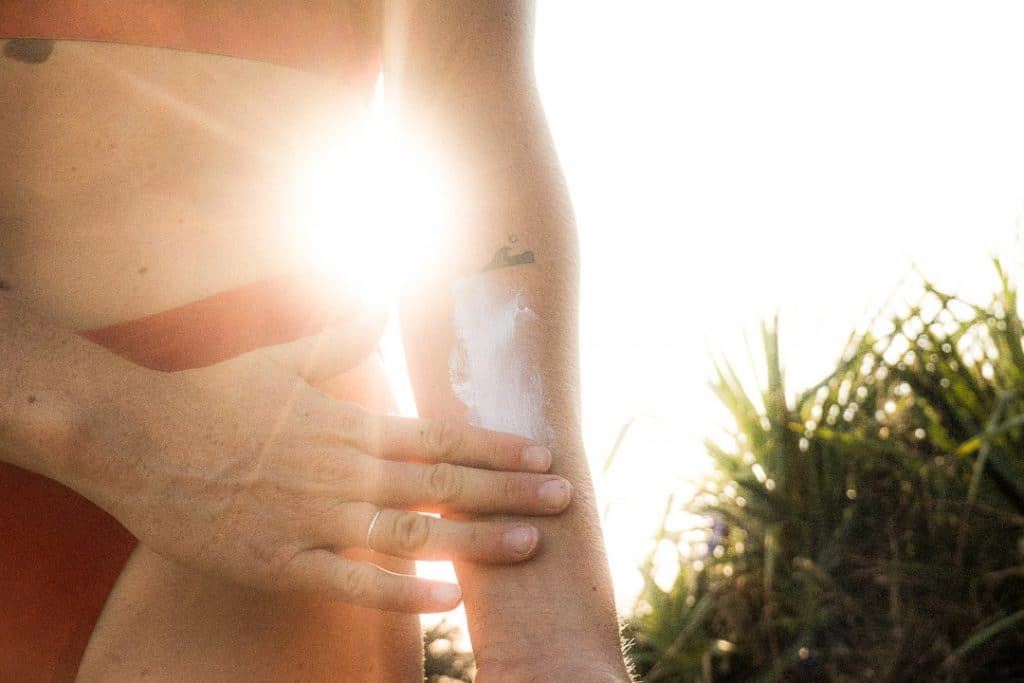
HOW THE SPF TEST WORKS
In vivo SPF tests are conducted with human test subjects. To determine the SPF they literally apply the sunscreen on 10 different subjects with different skin types and then evaluate after which amount of time the skin gets burned. The test is therefore naturally prone to error.
In 2019, the ISO test specifications were updated to be able to guarantee standardized results with a higher likelihood:
– The sunscreen has to be applied in drops (at least 15 drops per 30 square centimeters)
– The drops have to be spread circularly and then up and down and then side to side
– The process of spreading the sunscreen on the skin has to be 30 to 40 seconds
– Through the whole process the gloved finger shouldn’t leave the skin
– The people who decide if the skin is burnt or not have to have their colour vision checked (it’s recommended that they get rechecked every year)
– Instead of having an expert classify the skin colour, this is measured by a machine; there’s a limit on the specific skin colours of volunteers and the average has to be within a certain limit
– The lamps that are used in UV testing shine a circle of UV onto the skin – they have to give out the same amount of UV a consistent amount over the area of the circle
Since the tests are conducted on human subjects by human lab assistants, a certain margin of error remains. For example the person applying the sunscreen is supposed to apply “light pressure”. This is impossible to standardize.
Several companies and organisation have therefore suggested banning high-SPF sunscreens, and suggested more reliable testing methods that don’t involve human test subjects.
What is The Difference Between UVB And UVA rays And Why Does it Matter?
A product’s actual sun protection is determined by its ability to protect you from both UVB and UVA rays. UVB rays make you tanned, and too much exposure to them has been correlated to the emergence of skin cancer. UVA rays suppress the immune system, lead to the creation of harmful free radicals in the skin, and exposure to them may also lead to skin cancer. Unlike UVB rays, UVA rays do not make you tanned or redden your skin. Therefore, it is impossible to know whether you have been exposed to a risky amount of UVA rays.
Zinc Oxide – the compound used in Suntribe’s sunscreen – is a mineral UV filter that offers natural protection against both UVA and UVB rays.
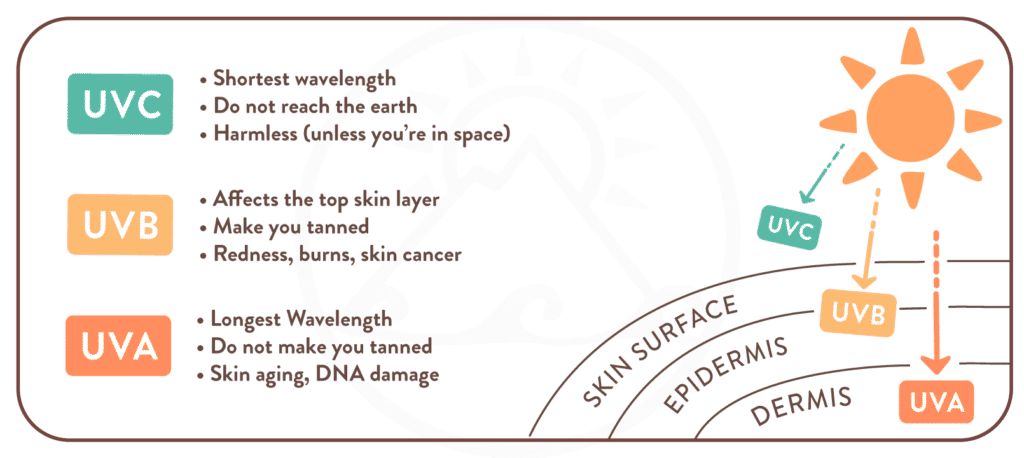
Health Risks Associated With High SPF Sunscreens
High SPF products may come with significant health risks, since the concentration of UV-filtering chemicals is much higher than in products with lower SPF values. The higher the SPF, the more likely it is that your sunscreen contains chemical UV-filters.
Some of the chemical UV-filters typically used in SPF 50+ products have been linked to tissue damage and hormone disruption, while others can trigger allergic skin reactions. Therefore it makes a whole lot of sense to always check the safety of the UV-filters and other ingredients used, and consider SPF 20 and SPF 30 sunscreens as alternatives. You don’t necessarily need an SPF 50 sunscreen.
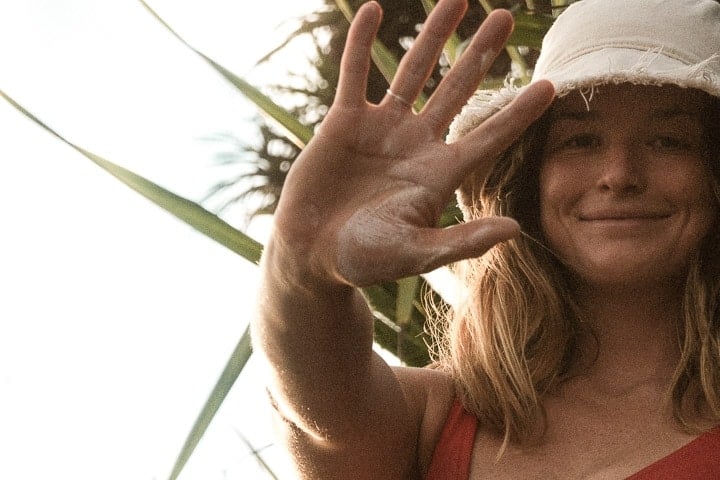
High SPF Sunscreens And The Environment
Since an SPF value above 30 requires the use of additional, potentially harmful ingredients, they can also be a threat to the environment.
When sunscreen is applied and you go swimming in the ocean or you take a shower, it washes off your skin and ends up in your surroundings. This for example could be coral reefs, on your summer vacation at the beach, threatening their health by bleaching their tissue and endangering the integrity of ocean life. Keep in mind that waste water ends up in the environment also and therefore the chemicals within.

The future of SPF
As a final case in point, it is worth mentioning that the EWG – a non-profit environmental research organisation specialising in sunscreen products – are of the opinion that manufacturers should stop selling high SPF products altogether. Australian authorities have already put a cap on SPF values at 30, and European and Japanese regulators at 50. Even though such policy decisions have not yet been implemented in the USA, the FDA is currently working towards implementing similar caps.
For these reasons, we at Suntribe currently offer mostly SPF 20 and SPF 30 sunscreens with natural, mineral UV-filters. Our sunscreens are a lovely mix of mineral UV-blockers and organic oils, butters and waxes to grant you a smooth consistency, water resistance, protection from 94 to 97% of all UVB rays, plus superb protection from UVA rays.
As the latest addition to our portfolio we do now also offer our very first mineral-only SPF 50 sunscreen. Of course we still only use natural ingredients and an innovative combination of Pongamia Glabra Seed Oil and Non-Nano mineral UV-filters to reduce the whitening effect. If you still want SPF 50 after reading this article, we highly recommend going for that one!
Want to continue reading?


